On March 11, 2020, the World Health Organization declared the 2019 Novel Coronavirus to be a pandemic. Within days, the Highlands closed. Here is a look back at the first weeks of the shutdown.
Wednesday, Feb. 26
The Current spoke by video conferencing with Dong Xin Gong, a retired industrialist from China, who had visited Cold Spring several times on business between 1980 and 2010. He reported that, in his city of Xuzhou, “all public places, including malls, restaurants and parks have been closed. Only grocery stores and supermarkets have remained open. My city of 8 million has 60 to 70 cases of coronavirus but no deaths, and no new cases have been reported in the past two or three weeks. Measures are tough. Families are given a permit allowing one person to go out every two days. If you don’t cooperate, obey the rules, you are detained, possibly for two weeks.”
Asked what he thought caused the virus, Dong said: “The government is trying to trace the cause. There are rumors it started with people eating bats. There are parts of southern China where bats are eaten but not in Wuhan. However, wild animals were traded at the seafood market there.”
Sunday, March 1
State officials said a 39-year-old health care worker in Manhattan who recently returned from Iran was New York’s first confirmed case. A New Rochelle lawyer in his 50s was the second; his wife, two children, a friend, the neighbor who drove him to the hospital and the neighbor’s wife and three children also tested positive.
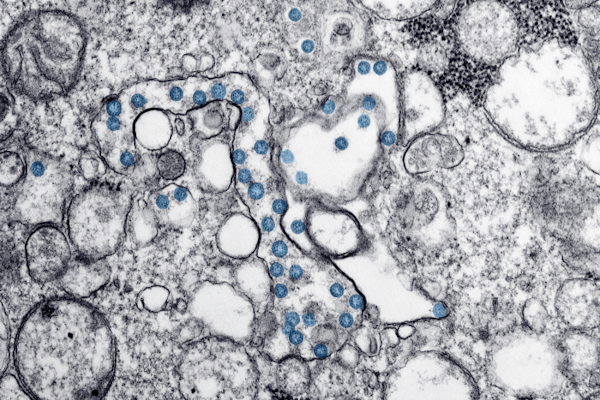
Tuesday, March 3
Putnam County Legislator Nancy Montgomery, whose district includes Philipstown, requested that the Legislature hire an epidemiologist for the Health Department. The position had been eliminated in 2019.
Saturday, March 7
Gov. Andrew Cuomo declared a state of emergency.
Monday, March 9
Dutchess County Executive Marc Molinaro said that its Health Department “has been informed a limited number of residents may have had contact with an Ulster County individual who tested positive.”
Wednesday, March 11
After two venues backed out, state officials allowed Haldane to host a girls’ basketball playoff game against Millbrook. No spectators were allowed but the players were not required to wear masks; parents watched the game on a monitor in the cafeteria. Millbrook won but the tournament was canceled.
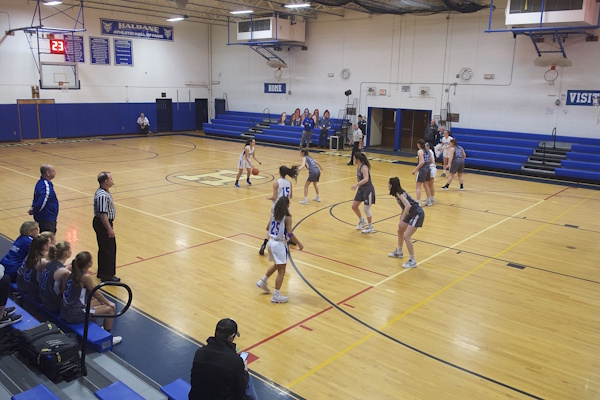
Thursday, March 12
Dutchess confirmed its first case after a resident went to the hospital with a fever and cough. Health officials began contact tracing.
Friday, March 13
The Current recommended that readers call ahead or check online before attending an event, because most had been canceled.
A Cold Spring coffee shop said it would remain open but that its surfaces, doorknobs, iPads and bathrooms would be sanitized every 30 minutes.
Sunday, March 15
Putnam County reported its first cases. County Executive MaryEllen Odell closed daycare centers and nursery schools; prohibited public gatherings of more than 20 people and banned buffets.
Monday, March 16
Odell and Molinario ordered schools to close. Gov. Andrew Cuomo ordered bars and restaurants to close by 8 p.m. and banned indoor dining.
Tuesday, March 17
There were 1,324 positives statewide, including 644 in New York City. The first deaths were an 82-year-old Brooklyn woman who had emphysema and a 65-year-old man in Rockland County who had other health problems.
Wednesday, March 18
Local schools began online classes.
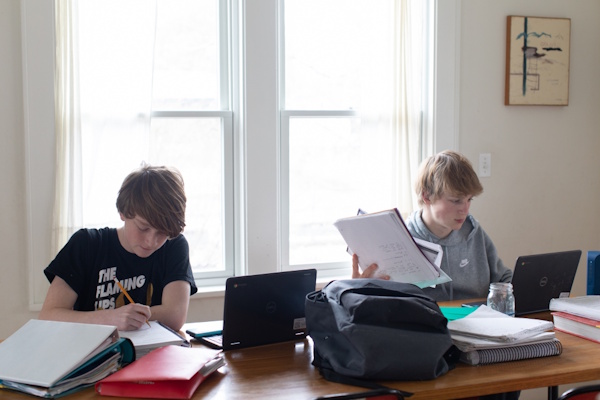
Thursday, March 19
After offering takeout for a few days, the Riverview in Cold Spring closed. “Business was good, but we’re in a danger zone now,” said owner Jimmy Ely.
Friday, March 20
Cuomo ordered local governments to have employees work from home, except for police, fire, water, sewer and other departments deemed essential.
The first Dutchess resident, a 69-year-old man, died in Poughkeepsie from complications related to COVID-19.
Putnam had six cases, and Dutchess had 31. Marianne Sullivan, a Garrison resident who is a professor of public health at William Paterson University in Wayne, New Jersey, noted in The Current: “Those are the reported cases. We are so behind on testing that we don’t yet understand the magnitude.… A big deal here is that it appears the virus may be passed even when a person doesn’t have symptoms, or when he or she has mild symptoms.”
Asked how COVID compared to the flu, Sullivan said: “As many as 50,000 people die in the U.S. each year from seasonal flu, but its fatality rate is around 0.1 percent. If 100 million people in the U.S. were to get COVID-19, and the fatality rate is 1 percent, that’s a million deaths. Unlike the seasonal flu, we have no known immunity, and no vaccine.”*
*As of Feb. 22, 2025, more than 1.2 million people in the U.S. have died of complications of the virus, including 37,561 in the past year.
Monday, March 23
For three weeks, local real estate agents had been scrambling to find houses for people fleeing New York City, which had about 20 percent of the nation’s COVID-19 cases and 25 percent of its deaths. “It was a panic,” said Bill Hussung of McCaffrey Realty in Cold Spring. “All of us were nonstop showing houses last weekend and the weekend before — houses that hadn’t seen a lot of activity had lines to get in.”
Tuesday, March 24
Concerned about the crowds flocking to Breakneck Ridge, Philipstown closed trailheads and parking along Route 9D. The next day, the state reopened them but began promoting less-popular trails.
Tuesday, March 31
Putnam Hospital Center in Carmel reported its first deaths related to the virus.
Saturday, April 4
Cold Spring resident Darrin Santos died at age 50 of virus complications. A Navy veteran, he was a transportation supervisor for NewYork-Presbyterian Hospital who drove doctors between hospitals in White Plains and New York City.
Friday, April 10
David Esteban, a professor of biology at Vassar College, told The Current: “This is going to last a long time. … One of my worries is that if we relax social distancing too early, it could lead to another wave of infections. Do we wait things out until we have a vaccine? That’s putting a lot of weight on the hope that one can be discovered, manufactured and distributed rapidly.” [Vaccinations began Dec. 14; the first person to receive a shot in New York was a critical-care nurse in Queens.]
For more coverage, see highlandscurrent.org/tag/covid.

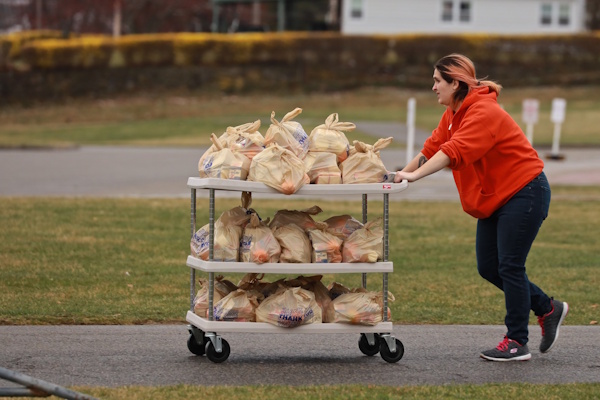
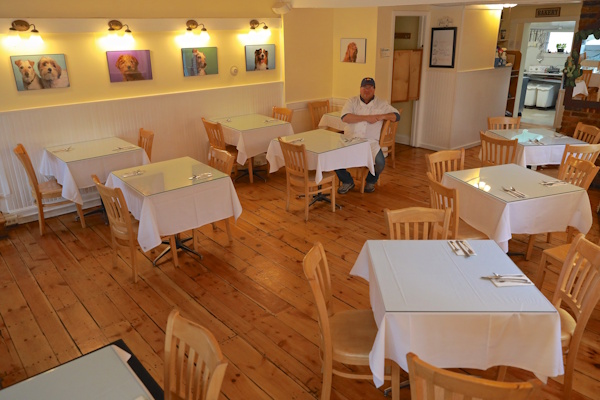
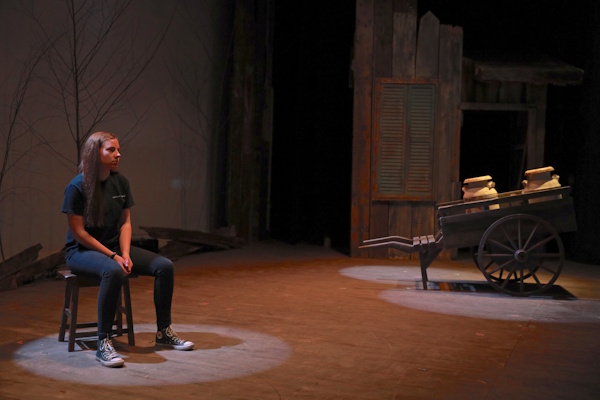
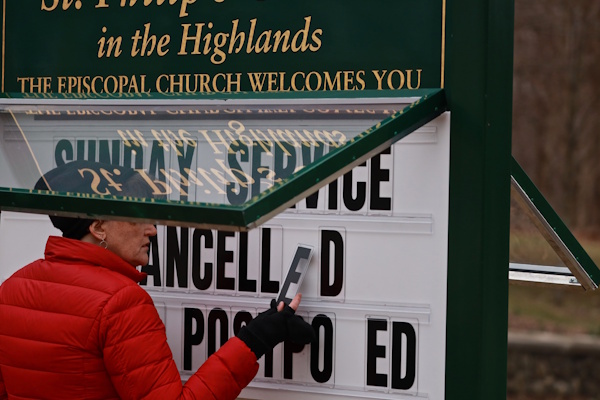
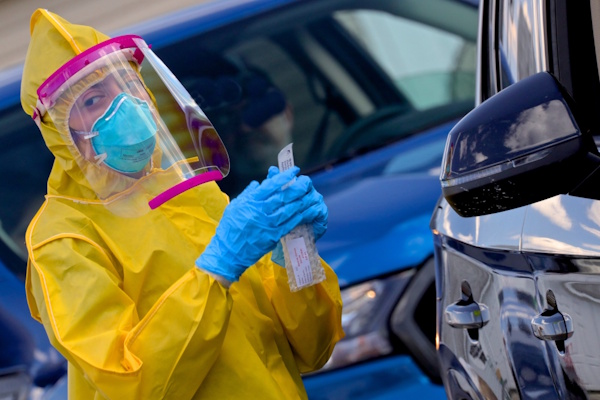
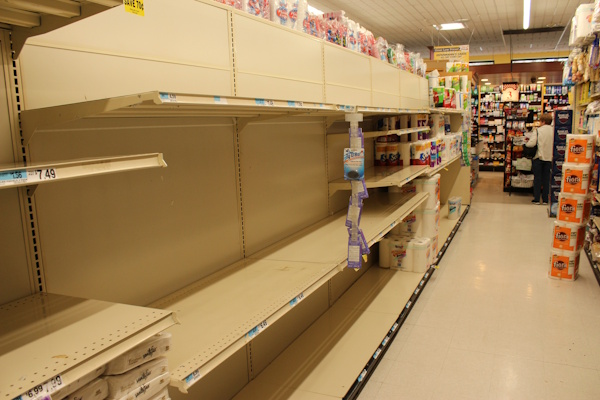
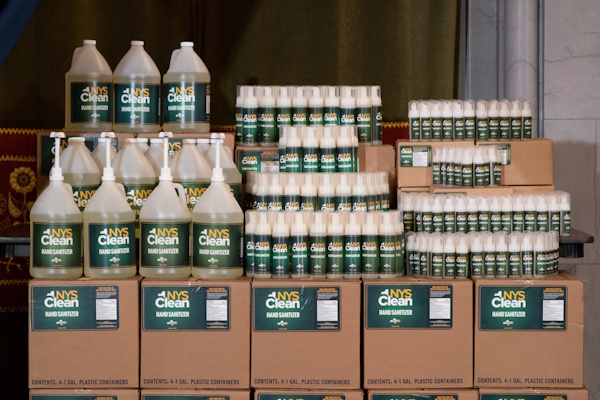
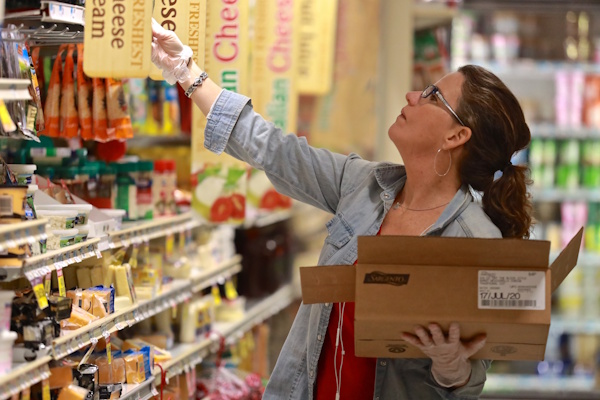
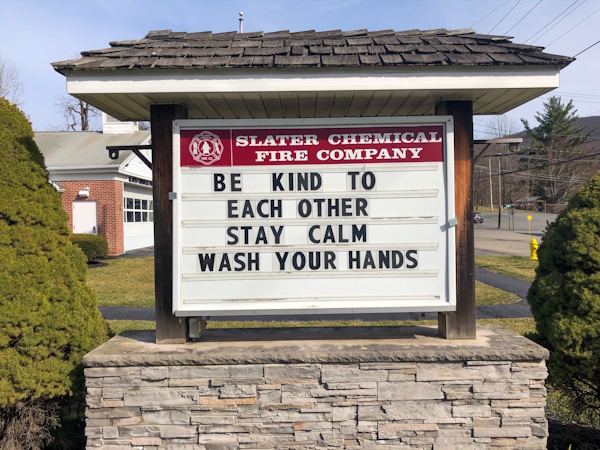
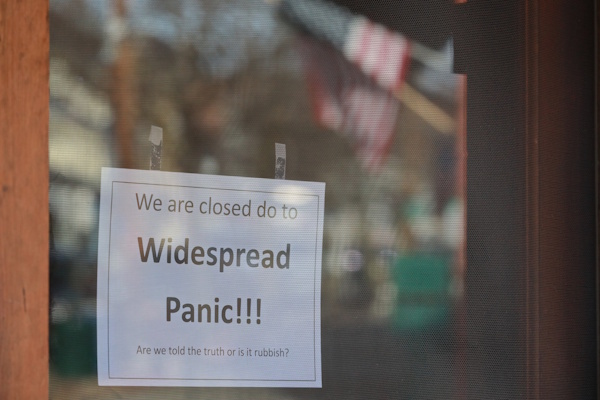
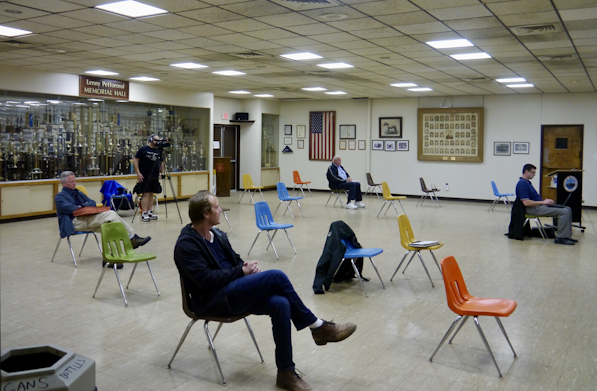
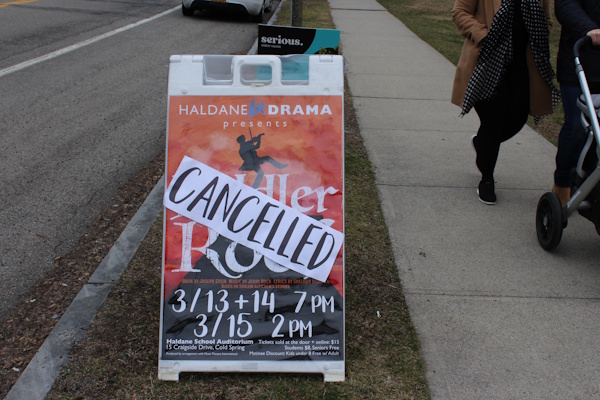
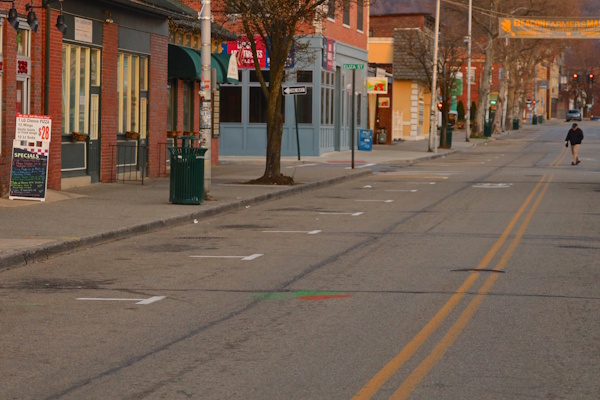

Thank you, Current staff, for the excellent retrospective on those early days of the pandemic. May we never return to that terrible time, but may we honor the memory of all those lost loved ones and the heroic first responders as often as possible.